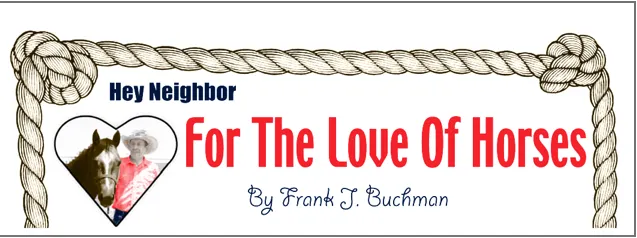As I continue the age-demanded downsizing of our personal belongings, it’s surprising what I’ve found as I continue to sift and sort through all our stuff.
Last week as I sorted through a box of yellowing papers, imagine my surprise to uncover my grade card from my attendance — in the 1st grade at 5 years old — at the South Fairview one-room elementary school four miles south of the east edge of Bronson, Kansas.
My teacher was Mrs. Martina Street, a wonderful teacher to whom I owe a big lifelong debt of gratitude for getting my education off to a good start. I attended South Fairview through the 5th grade and she was my teacher all the way.
For readers who might be interested, I earned an “A” grade in all my classes, except for handwriting, which scored an A-minus. That handwriting grade was probably generous because my handwriting is still atrocious.
In the same part of the box I found my 1st grade Arithmetic workbook. The math was good and the handwriting still bad.
I recall that every single day of school opened with Mrs. Street leading all 8 grades of us students in reciting the Pledge of Allegiance to Old Glory. She insisted that our right hands be placed firmly over our hearts. To me, it’s a failing of our schools today that the Pledge of Allegiance has fallen by the wayside.
***
Then in the same box of family history I discovered the Middle School 8th grade scholastic card for my ol’ long-departed pappy, ol’ Czar E. Yield. It was from the school year 1930-31. He attended Northwest Junior High School in Kansas City. The fragile grade card showed an “3” for most of his classes, which indicated “Average Work,” according to the explanation on the back of the card. However, Czar scored a below-average 4 in a couple of classes — apparently he slacked off on occasion.
Interestingly, there was also a place on the back of the card where a parent could explain what work job the student had to do outside of school. Remember, this was in the early years of the Great Depression and many students had to work. There was no notation about his working a job outside of school. Plus, the card was signed by Dad’s dad, my grandpa, who I never met.
***
A little deeper in the box I uncovered some World War II history. I found one of my mother’s partially-used WWII ration books. I’ll try to describe it. On the cover it says United States of America, Office of Price Administration, “War Ration Book Four,” along with a big #4.
I wuz signed by my Mom next to a pledge that the ration card would be used “only in the manner and for the purposes authorized.” On the inside, were pages of tiny 1/2-inch by 3/4-inch coupons (stamps). Each individual coupon could be torn off and, I presume, given to the grocer.
The only coupon I could understand read “coffee.” Most of the coupons read “Spare,” and the rest were coded with numbers and letters such as T8, Q5, R1, Z8, X5, Y2, W5, V2, and U2. I’m guessing each code wuz for some type of grocery item.
On the back of the ration book was this statement: “Never buy rationed goods without ration stamps. Never pay more than the legal price.”
And at the very bottom of the rear page, in tiny print, was this:
“IMPORTANT: When you have used your ration, salvage the tin cans and waste fats. They are needed to make munitions for our fighting men. Cooperate with your local Salvage Committee.”
When I searched the internet for an explanation of how ration stamps worked, I found this:
“Every American was issued a series of ration books during the war. The ration books contained removable stamps good for certain rationed items, like sugar, meat, cooking oil, and canned goods. A person could not buy a rationed item without also giving the grocer the right ration stamp.
“Two ration books were distributed to every eligible man, woman, child, and baby in the United States. One contained blue coupons for processed goods while the other contained red coupons for meat, fish and dairy products. Each person started with 48 blue points and 64 red points each month.
“Tokens were used with coupons of the same color to pay for rationed items, and were received as change from coupons when purchasing goods. The red tokens were used for meat, the blue tokens were used for non-meat items.”
***
Seeing and reading that old ration book made we wonder how modern-day Americans would react to another national emergency that required rationing and self-sacrifice of material goods? Would they be up to the task, or not? There’ve been a lot of easy-living years since WWII.
***
Words of wisdom for the week: “The problem is not uneducated people. The problem is that they have been educated just enough to believe what they’ve been taught, and not educated enough to question what they’ve been taught.”
Have a good ‘un.




